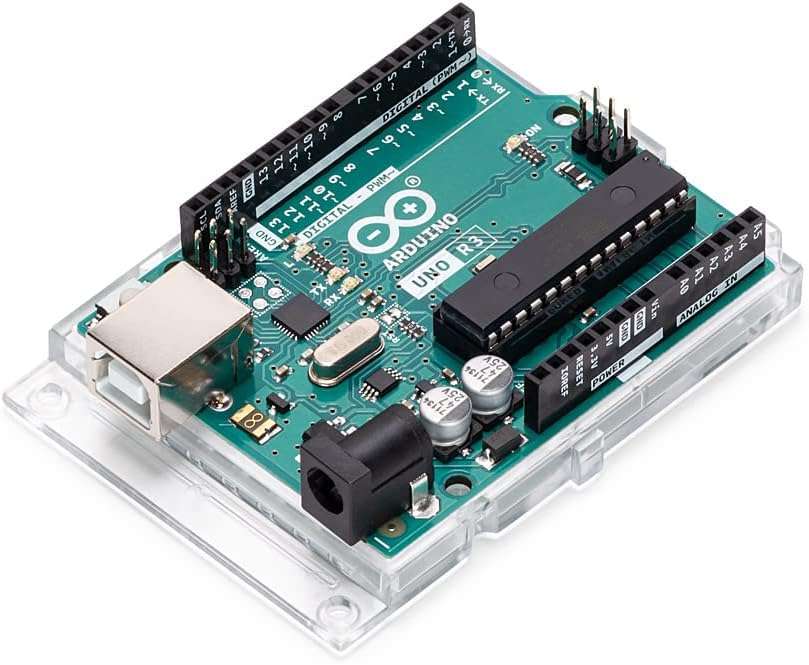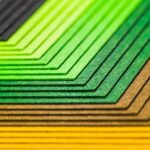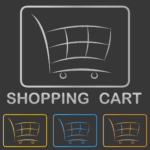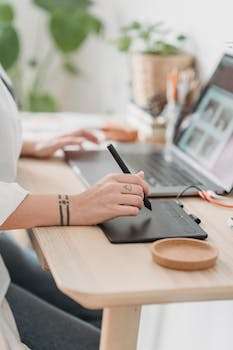“Unlock the Power of arduino Uno board: Unlock Your Creative Potential!”
The arduino Uno board is a powerful and versatile tool for creating interactive projects. It is an open-source platform that allows users to create projects with a wide range of components and sensors. This comprehensive tutorial will provide an in-depth look at the arduino Uno board and its capabilities. It will cover the basics of the board, its components, and how to use it to create projects. Additionally, it will provide tips and tricks for troubleshooting and optimizing your projects. With this tutorial, you will be able to unlock the potential of the arduino Uno board and create amazing projects.
Unlock the potential of Arduino Uno Board with this comprehensive tutorial – REV3! Learn how to use the board to create amazing projects and explore the world of electronics. Start your journey today!
Exploring the Features of the Arduino Uno Board REV3: A Comprehensive Tutorial
Are you ready to explore the amazing features of the arduino Uno board rev3? This comprehensive tutorial will take you through the basics of the board and its capabilities, inspiring you to create amazing projects with it.
The arduino Uno board rev3 is a powerful microcontroller board that is perfect for beginners and experienced makers alike. It has a wide range of features that make it easy to use and highly versatile. Let’s take a look at some of the features that make the arduino Uno board rev3 so great.
First, the board is equipped with an Atmel ATmega328P microcontroller, which is the heart of the board. This microcontroller is capable of running code written in the arduino programming language, making it easy to create projects with the board.
The board also has 14 digital input/output pins, 6 analog input pins, and a USB connection. This makes it easy to connect the board to other devices, such as sensors, motors, and other components.
The board also has a built-in power supply, which makes it easy to power your projects. It also has a reset button, which allows you to reset the board if something goes wrong.
Finally, the board is compatible with a wide range of shields, which are add-on boards that can be used to add additional features to the board. This makes it easy to expand the capabilities of the board and create more complex projects.
The arduino Uno board rev3 is an amazing board that is perfect for beginners and experienced makers alike. With its wide range of features and compatibility with a variety of shields, it is easy to see why it is so popular. So, what are you waiting for? Get started with the arduino Uno board rev3 today and start creating amazing projects!
Unlocking the Potential of Arduino Uno Board REV3: A Step-by-Step Guide

Unlock the potential of your arduino Uno board rev3 with this step-by-step guide! With the arduino Uno board rev3, you can create amazing projects that will bring your ideas to life. This guide will help you get started and unlock the potential of your board.
First, you will need to assemble the board. This is a simple process that requires no soldering. All you need to do is connect the board to your computer using a USB cable and then plug in the power supply. Once the board is connected, you can start programming it.
Next, you will need to install the arduino IDE. This is a free software that allows you to write code for your board. Once you have installed the IDE, you can start writing code. You can use the examples provided in the IDE to get started.
Once you have written your code, you can upload it to the board. This is done by connecting the board to your computer and then using the arduino IDE to upload the code. Once the code is uploaded, you can start testing it.
Finally, you can start creating projects with your board. You can use the board to control motors, lights, and other devices. You can also use it to create interactive projects such as games and robots. With the arduino Uno board rev3, the possibilities are endless!
So, what are you waiting for? Unlock the potential of your arduino Uno board rev3 with this step-by-step guide and start creating amazing projects today!
Programming the Arduino Uno Board REV3: Tips and Tricks for Beginners
Welcome to the exciting world of arduino Uno board rev3! This board is a powerful and versatile tool for creating interactive projects and devices. With its easy-to-use programming language and wide range of components, the arduino Uno board rev3 is the perfect starting point for anyone looking to explore the world of electronics and programming.
If you’re new to the arduino Uno board rev3, here are some tips and tricks to get you started.
1. Get to know the board. Before you start programming, take some time to familiarize yourself with the board. Learn about the different components and how they work together. This will help you understand the code you’re writing and make it easier to troubleshoot any issues you may encounter.
2. Start with the basics. Don’t try to jump into complex projects right away. Start with simple projects that use basic components and code. This will help you get comfortable with the board and the programming language.
3. Take advantage of online resources. There are plenty of online tutorials and resources available to help you get started. Take advantage of these resources to learn more about the board and the programming language.
4. Experiment. Don’t be afraid to experiment and try new things. This is the best way to learn and grow as a programmer.
5. Have fun! Programming can be challenging, but it can also be a lot of fun. Don’t forget to enjoy the process and have fun with it.
With these tips and tricks, you’ll be well on your way to becoming an arduino Uno board rev3 master. So get out there and start exploring the world of electronics and programming!
Connecting Sensors and Devices to the Arduino Uno Board REV3: A Comprehensive Tutorial
Connecting Sensors and Devices to the arduino Uno board rev3 is an exciting and rewarding experience. With the right knowledge and tools, you can create amazing projects that will bring your ideas to life. This comprehensive tutorial will provide you with the information you need to get started.
First, you will need to understand the basics of the arduino Uno board rev3. This board is a microcontroller that can be programmed to interact with sensors and devices. It is a powerful tool that can be used to create a wide variety of projects.
Once you have a basic understanding of the board, you can begin to explore the different types of sensors and devices that can be connected to it. There are a variety of sensors and devices that can be used with the arduino Uno board rev3. These include temperature sensors, light sensors, motion sensors, and more.
Once you have chosen the sensors and devices you want to use, you will need to connect them to the board. This can be done using jumper wires, breadboards, and other components. It is important to make sure that the connections are secure and that the components are compatible with the board.
Once the connections are made, you can begin to program the board. This can be done using the arduino IDE, which is a free software program that allows you to write code and upload it to the board. With the right code, you can create amazing projects that will bring your ideas to life.
Connecting Sensors and Devices to the arduino Uno board rev3 is an exciting and rewarding experience. With the right knowledge and tools, you can create amazing projects that will bring your ideas to life. This comprehensive tutorial will provide you with the information you need to get started. So, get ready to explore the world of arduino and create something amazing!
Q&A
Q1: What is the arduino Uno board?
A1: The arduino Uno board is a microcontroller board based on the ATmega328P microcontroller. It has 14 digital input/output pins, 6 analog inputs, a 16 MHz quartz crystal, a USB connection, a power jack, an ICSP header, and a reset button. It is a great platform for learning and prototyping with electronics.
Q2: What can I do with the arduino Uno board?
A2: With the arduino Uno board, you can create interactive electronic projects such as robots, home automation systems, and more. You can also use it to control motors, lights, and other devices. Additionally, you can use it to program and debug code.
Q3: What components do I need to get started with the arduino Uno board?
A3: To get started with the arduino Uno board, you will need a USB cable, a power supply, and a breadboard. Additionally, you may need some additional components such as resistors, LEDs, and sensors.
Q4: How do I program the arduino Uno board?
A4: You can program the arduino Uno board using the arduino IDE, which is a free software development environment. You can write code in the arduino IDE and upload it to the board using the USB cable.
Conclusion
The arduino Uno board is a powerful and versatile tool for creating a wide variety of projects. With its easy-to-use programming language, wide range of compatible components, and open source platform, the arduino Uno board is an excellent choice for anyone looking to get started with electronics and programming. With the help of this comprehensive tutorial, users can unlock the potential of the arduino Uno board and create amazing projects.













